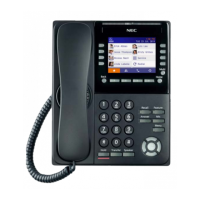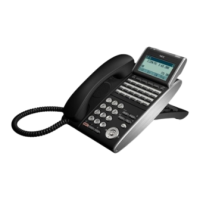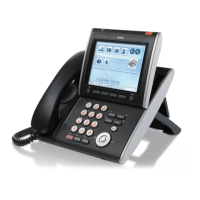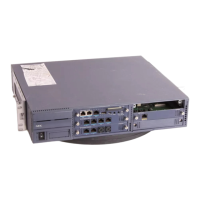UNIVERGE SV8100 Issue 1.0
System Maintenance Manual 1 - 3
If unable to ping a device, it may mean that either the source or destination device:
R is not configured correctly
R is not connected to the LAN (e.g., cable disconnected)
R has a developed a fault
R or any device in between the source or destination may be faulty (e.g., routers)
2.1 Pinging from a PC
The command syntax for ping is:
ping [-t] [-n count] [-l size] target
-t (optional) continually sends PING requests until Ctrl-C is
pressed to cancel -n (optional) sends a specified number of PING
requests -l (optional) sends packets of a specified size (bytes)
target the destination IP address or host name
Note that there are other options available with the Microsoft Windows®
implementation of ping. The most commonly used options are listed above.
Examples:
P ping 192.168.2.100 -t Continually pings 192.168.2.100 until Ctrl-C
pressed
P 192.168.2.100 -n 10 -l 40 Sends ten 40-byte packets to 192.168.2.100
P ping 192.168.2.100 Sends four 32-byte packets (default) to
192.168.2.100
2.2 Pinging from an UNIVERGE SV8100 IP Phone
The System IP Phone has a version of ping within the Maintenance Menu.
Hold down help button for 3 sec
Press 3 (Ping)
Enter address
Press OK
The following options are available:
1. Echo request start: Starts the ping process using the settings in options
2 and 3 below.
2. Destination address: The target destination IP Address
3. A successful ping results in:
1.OK 2.OK 3.OK 4.OK Complete
A unsuccessful ping results in: 1.NG 2.NG 3.NG 4.NG Complete

